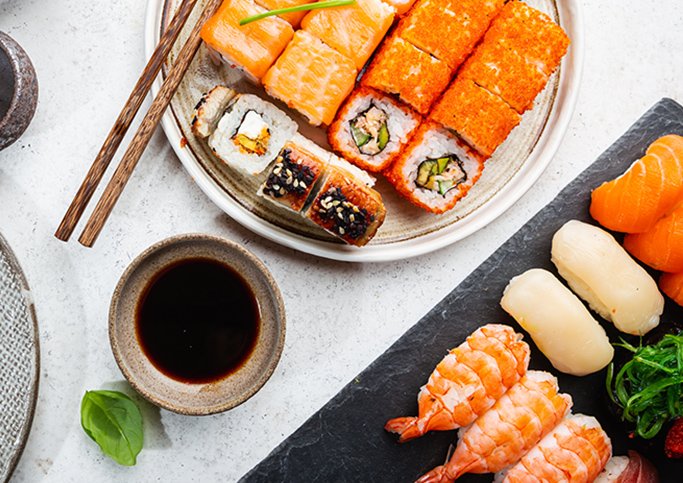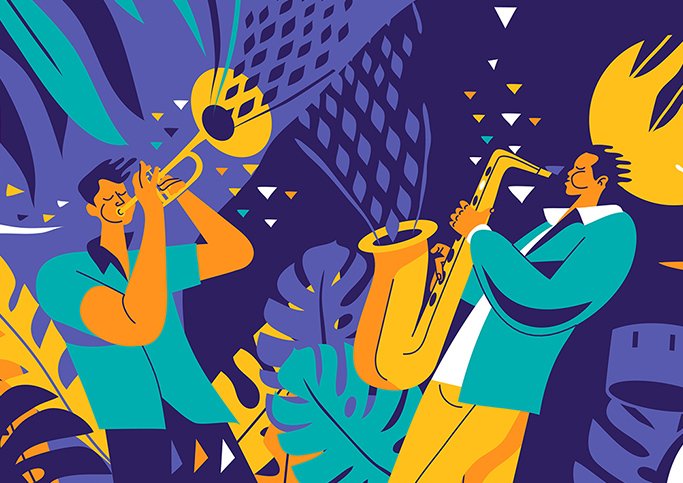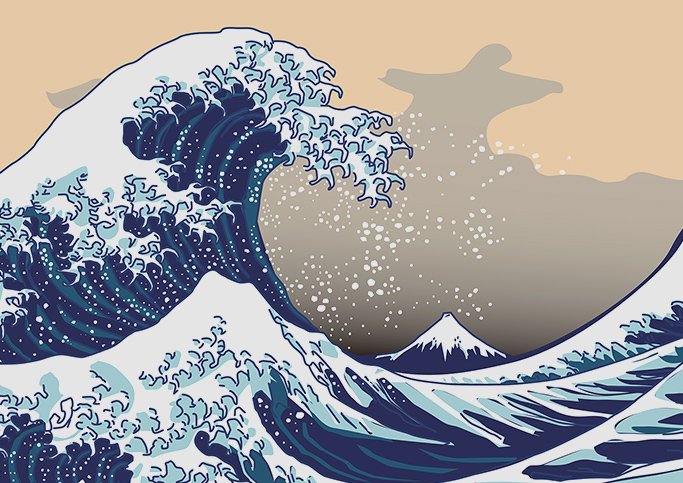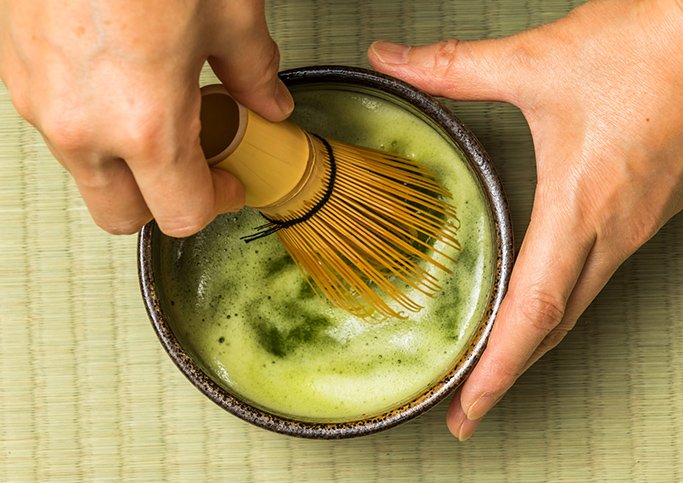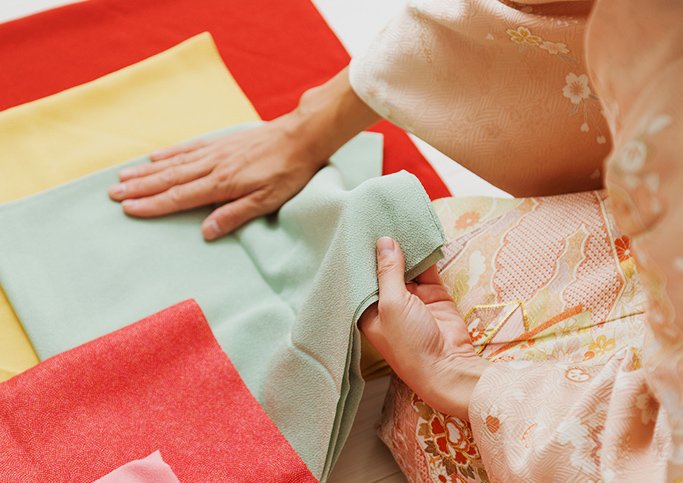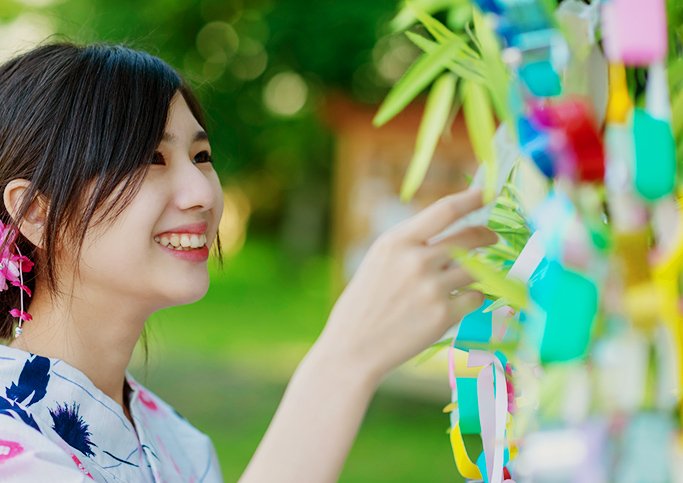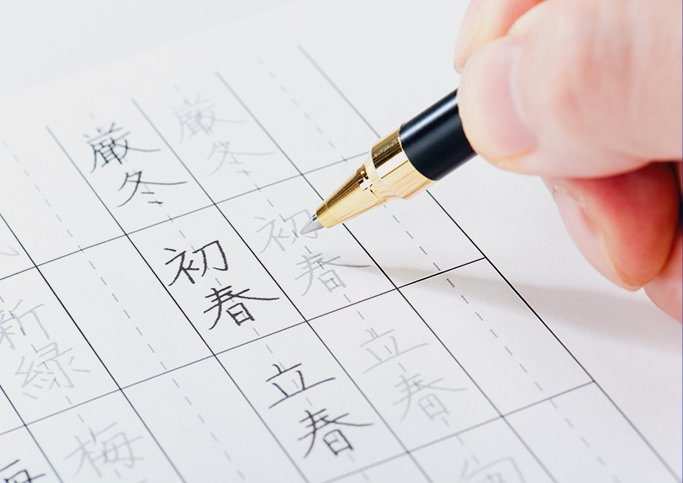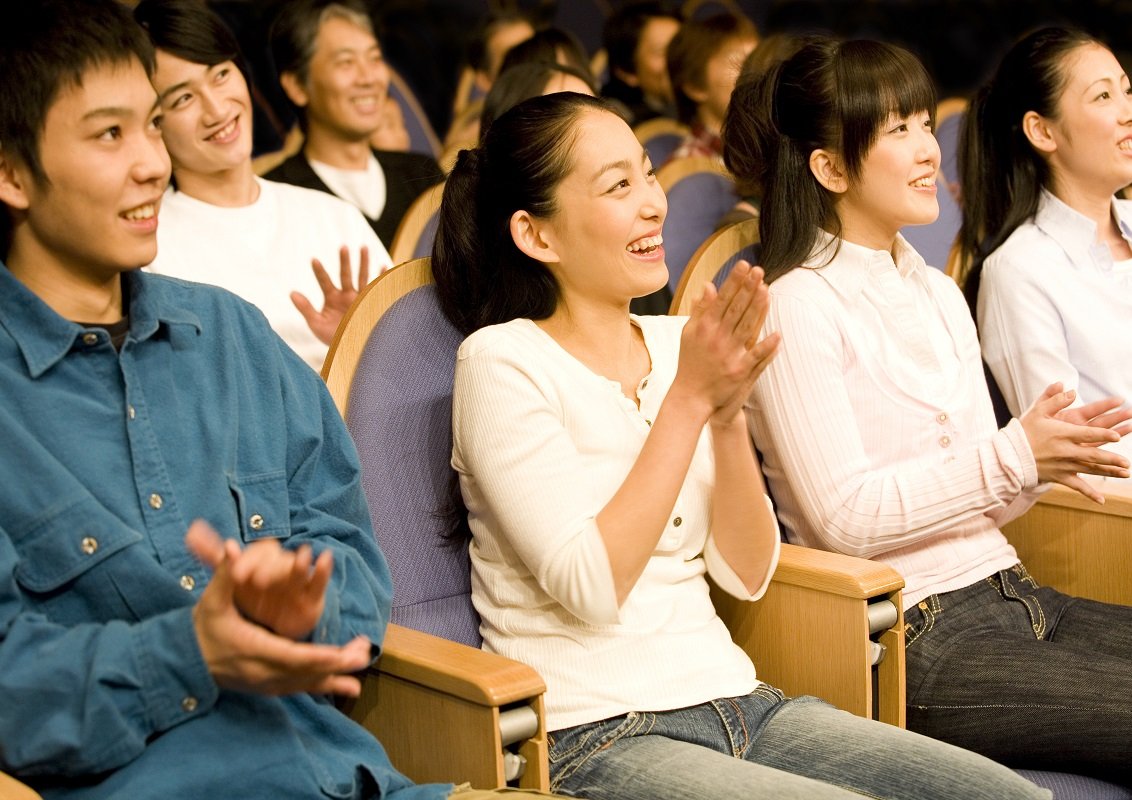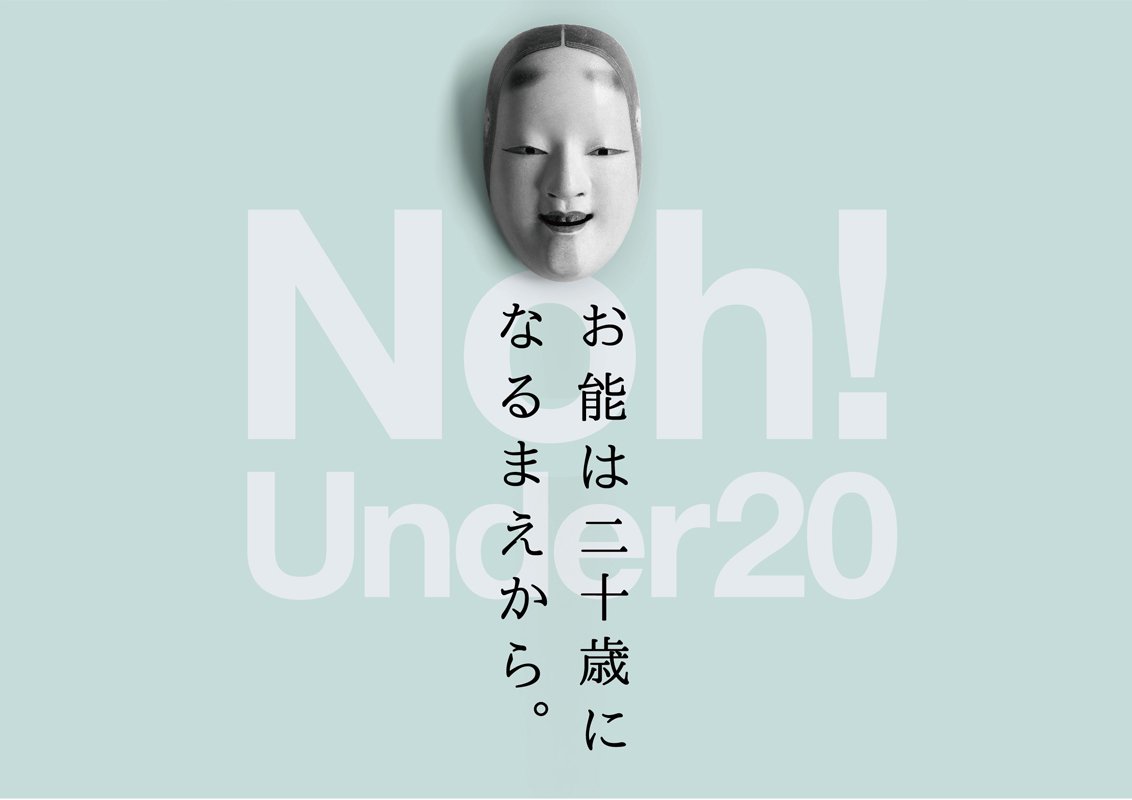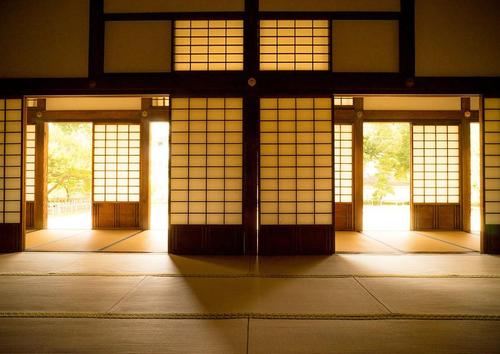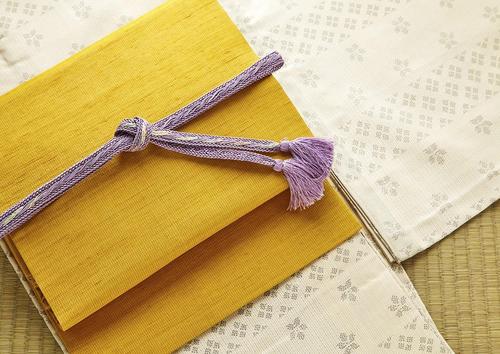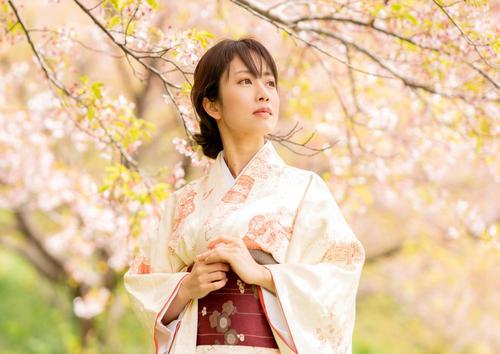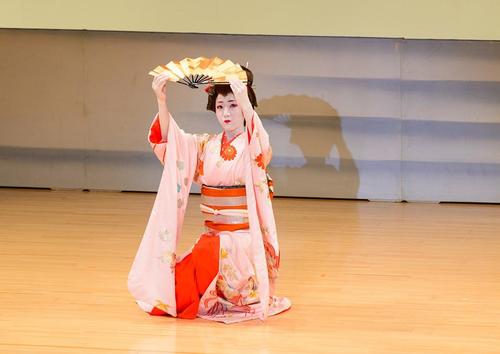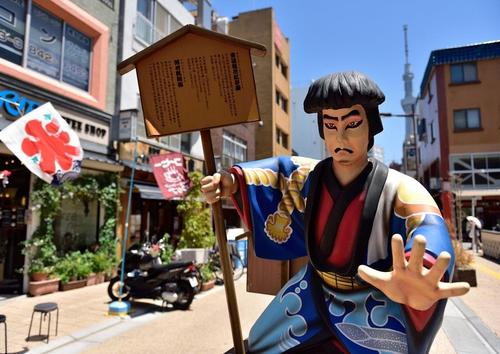
dance
[Introduction to Kabuki-za Theater] Points you should know in advance to see Kabuki
12/ 4/2020
Kabuki is one of Japan's leading traditional performing arts, which is also very popular from overseas. If you live in Japan, you'll want to see it once, but as an introduction to Kabuki in advance, if you have basic knowledge, you can enjoy watching it more.
Therefore, this time, while explaining the basics, origin, and history of Kabuki, we will also introduce recommended performances and points to enjoy Kabuki for those who are watching Kabuki for the first time! Please use it as an introduction to Kabuki.
Kabuki basics
![[Introduction to Kabuki-za Theater] Points you should know in advance to see Kabuki_Sub 1.jpg](/karuta/uploads/844b4df077ab11d769a9588c1e33bd18b82dd7e7.jpg)
First, I will explain the basics of Kabuki, such as its origin, store name, and genre.
Origin of Kabuki
It is said that the origin of Kabuki dates back about 400 years ago, when the Edo Shogunate was just established, and a troupe of shrine maidens named Izumo no Okuni held a dance stage in Kyoto. ..
At that time, the appearance of Okuni dressed as a man and dancing was touted as the dance of "Kabuki (a flashy and changing person)" and gained national popularity. It is a stage of Kabuki, which is currently prohibited for women, but it is interesting that it originally originated from women.
Kabuki shop name
Have you ever heard shouts such as "Naritaya!" And "Otowaya!" From the audience seats on the Kabuki stage? These are called "yago" and have the meaning of a school that Kabuki actors inherit individually.
When an actor who likes Kabuki appears in a Kabuki performance, it is common to call it by the name of the actor instead of the name of the actor. Among the names, "Naritaya" has a long history and has become a prominent figure in the Kabuki world. I will.
[If you read the article, may you know the meaning of this KARUTA? ]
There are four genres of Kabuki
Even if you say "Kabuki" in a nutshell, there are several types of performances, each of which can be divided into the following genres.
・ Jidaimono: For us, all Kabuki performances are "Jidaimono", but "Jidaimono" in Kabuki refers to historical drama for those who lived in the Edo period. Performances dealing with historical figures and events before the Edo period are classified as period objects.
・ Care (sewamono): Contrary to the period, the “modern drama” for the people of the Edo period is the care. The feature of the care products is that the performances are rooted in the culture and life of the common people and tradesmen at that time.
・ Shin Kabuki: Works made after the Meiji era are called "Shin Kabuki" and are classified as a genre different from period and care products.
・ Shosagoto: A work that is mainly performed in dance, mainly accompanied by nagauta.
What are "Nirami" and "Mie"?
"Mie", which is sometimes called "cutting the big sword" in Kabuki, is one of the acting methods used in important scenes, which is the highlight of the play. It is also a technique peculiar to Kabuki, and it is said that it was developed for the purpose of attracting the attention of the audience at the time when there was no lighting technology such as spotlights by standing still in a beautiful and gorgeous pose.
The technique called "Nirami" is handed down only to the family who inherits the name of Narita-ya. Making a glaring look without focusing on the eyes is a spectacular and special act that is said to have the benefit of dispelling evil spirits.
Watching Kabuki for the first time. What is your recommended program?
![[Introduction to Kabuki-za Theater] Points you should know in advance to see Kabuki_Sub 2.jpg](/karuta/uploads/b5aef5cb2237d33ef5adaf2828619c6ee48ddb45.jpg)
The following are recommended performances that even beginners can enjoy when watching Kabuki for the first time.
"Jidaimono"
Among the period products, we recommend "Yoshitsune Senbonzakura" set in the Genpei War and "Kanadehon Chushingura" set in the famous Chushingura.
"Care"
Examples of care products include "Tokaido Yotsuya Kaidan," which is based on the familiar Yotsuya Kaidan, and "Sannin Kichisa Tomoe no Shiranami," which depicts the human pattern of parents and children.
Action
If you enjoy the Kabuki dance, "(lion Kagami Shun today) Harukyokyo Lion" long white hair famous dance shake, luxurious props is impressive preeminent "Kyoganoko Musumedojoji (Kyoganoko Musumedojoji ) ”Is recommended.
In addition, "Super Kabuki" in collaboration with contemporary anime works, "Kanjincho", "Temporary (for a while)", and "Sukeroku" of "Kabuki Juhachiban", which is a specialty of the Ichikawa family. Roku) ”is also popular.
If you want to see Kabuki, go to "Kabukiza"! How to enjoy at "Kabukiza"
![[Introduction to Kabuki-za Theater] Points you should know in advance to see Kabuki_Sub 3.jpg](/karuta/uploads/095053c15c4cffc81ebdabdb5f3701667266ff26.jpg)
Once you have a basic knowledge of Kabuki, let's actually appreciate Kabuki. Here, we will explain the points to enjoy Kabuki at "Kabuki-za".
The recommended seat for watching Kabuki for the first time is the "Ichimaku-mi-seat"
Normally, Kabuki performances involve watching 3-4 acts in one performance with a break, but there is a seat called "Ichimaku Miseki" where you can watch only one act.
The first-act seats are sold only on the day of the event, but the price is in the 1,000 yen range, which is a reasonable price. You can choose your favorite time and performance from the Kabuki-za theater performance schedule. However, it is important to note that there are often long lines when purchasing same-day tickets, as the chair seats that you can sit on and enjoy are sold for a limited time.
When watching regular performances, there are first-class piers, first-class seats, second-class seats, and third-floor seats, but the price of first-class pier seats is around 20,000 yen.
[Do you care about Japan? Would you like to learn Japanese together? ]
You can eat and drink during the intermission (short break)
Kabuki performances have a short break called the "intermission," during which you can enjoy meals and alcohol at the Japanese restaurant in Kabuki-za. You can buy lunch boxes and sweets and eat and drink at your seat.
Don't miss any lines with "Earphone Guide"
While you are not familiar with Kabuki, we also recommend the "Earphone Guide," which guides you through the content of the program in an easy-to-understand manner. Advance reservations are required to use the ticket, so if you want to rent it, please contact us before purchasing the ticket.
There is no special rule such as dress code
Some people think that when you watch Kabuki, you should wear kimono or formal clothes, "but there is no particular dress code for watching Kabuki. Basically, you can wear it as you normally wear, but if you are worried about floating, a simple, chic and comfortable outfit is recommended.
Summary
![[Introduction to Kabuki-za Theater] Points you should know in advance to see Kabuki_Sub 4.jpg](/karuta/uploads/ddbb7fee94624f04b86cda3d39c266c6a9ae7de8.jpg)
Kabuki, a typical traditional performing art in Japan, is one of the popular performing arts cultivated in the Edo period overseas. There are unique terms and styles such as shop name and Mie, and there are several genres of performances, but basically there is no dress code and you can see only one act. Even beginners can fully enjoy Kabuki, so if you have a chance, please try it.
Mini lesson corner
Learn about Japan and Japanese!
"What is Kabuki in 90 seconds?"
This article is a partial re-edit of the article published in Nihongo Biyori by KARUTA.
Unauthorized reproduction or use of the contents, text, images, illustrations, etc. of this site is strictly prohibited.
CATEGORIES
FEATURED TAGS
RECOMMENDATION
-
 報BUSINESS TERMS
報BUSINESS TERMSWhat is ”Ho-Ren-So”, one of the basic manners when working in Japan?
10/30/2020
-
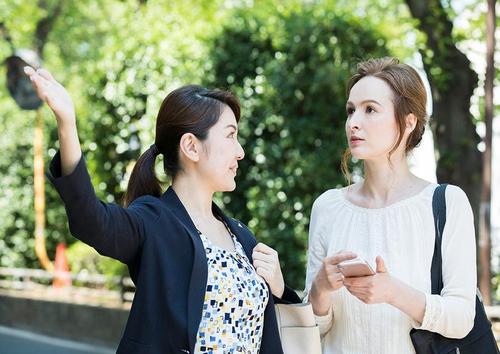 伝WORDS & GRAMMAR
伝WORDS & GRAMMARWhat is easy Japanese?
10/30/2020
-
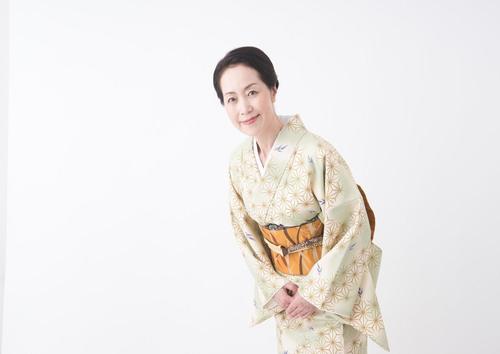 礼MANNERS
礼MANNERSJapanese greeting customs and origins. What are the greetings from other countries?
10/30/2020
-
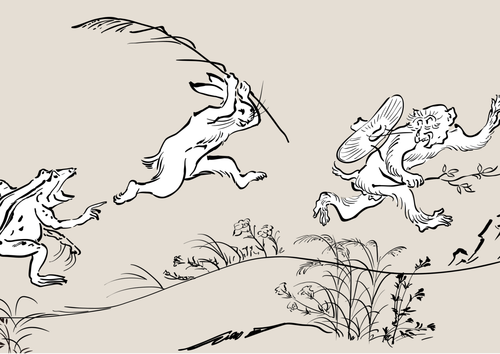 戯COMIC & GAME
戯COMIC & GAMEThe roots of animation and manga? Introducing bird and beast caricatures
10/30/2020
-
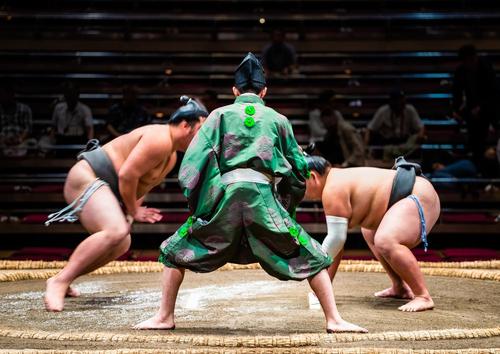 戦SPORTS
戦SPORTSThe history of sumo goes back to the mythical world! ?? Transition from myth to modern times
10/30/2020
LET’S PLAY
KARUTA!
Do you know the meaning of this...
NEXT...
FURTHER EXPLORATION
INTERESTED
IN JAPAN?
WHY DON’T YOU
LEARN JAPANESE WITH US?
START LEARNING
JAPANESE
WITH HUMAN ACADEMY!
ONE OF
THE MOST POPULAR
JAPANESE
LANGUAGE SCHOOLS
JAPANESE
LANGUAGE SCHOOL
OFFERING EXCELLENT
DETAILED LESSONS

ONLINE SCHOOL
- Learn with your classmates from all over the world
- Variety of Courses for All Needs
- FREE Trial Lesson available

TOKYO, OSAKA
- Offer the Best Curriculum for You
- Make New Japanese Learning Friends
- Many Opportunities to Practice Japanese
MAKE FURTHER
STEPS
WITH HUMAN ACADEMY!
ONE OF
THE MOST POPULAR
JAPANESE
LANGUAGE SCHOOLS
JAPANESE
LANGUAGE SCHOOL
PRODUCING MANY
JLPT N1 CERTIFIED
STUDENTS!

ONLINE SCHOOL
- Learn with your classmates from all over the world
- Variety of Courses for All Needs
- FREE Trial Lesson available

TOKYO, OSAKA
- Support Your Higher Goal of Japanese Learning
- Perfect Environment for Japanese Learners
- Learn with Your New Japanese Study Mates



